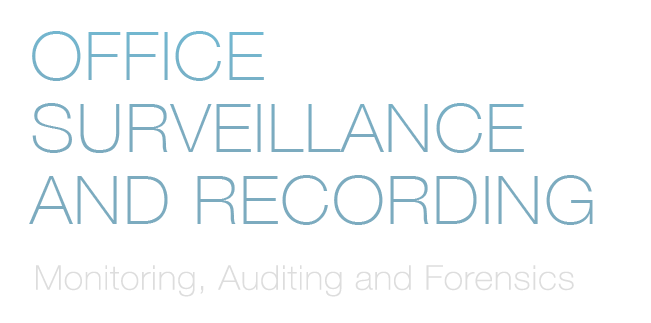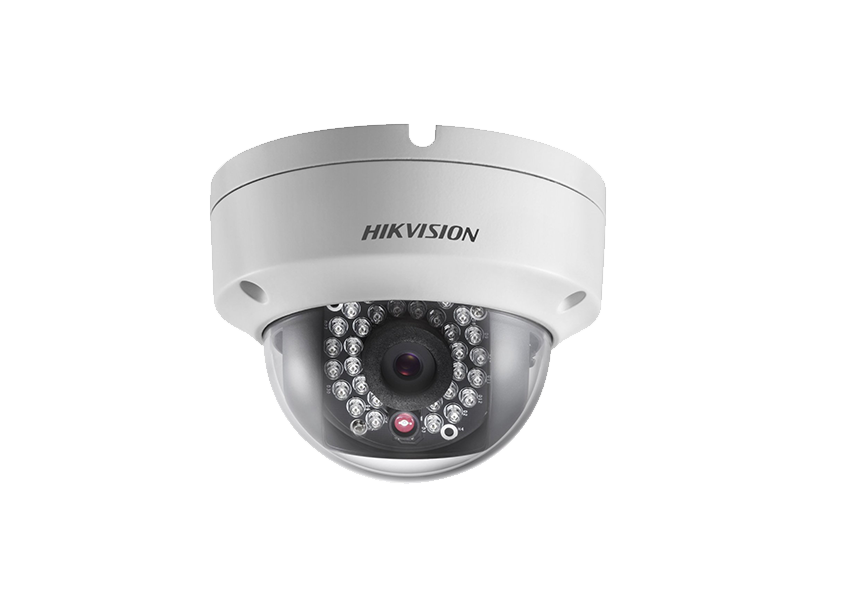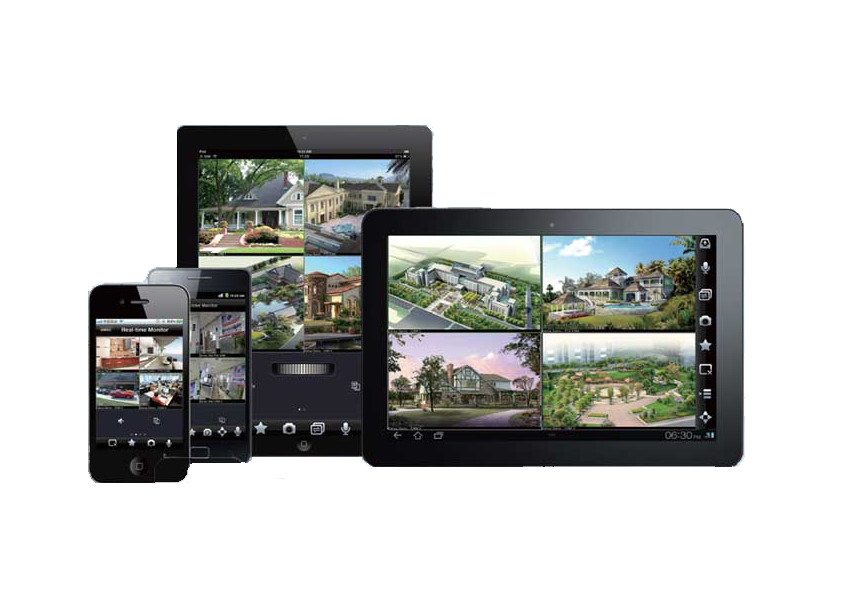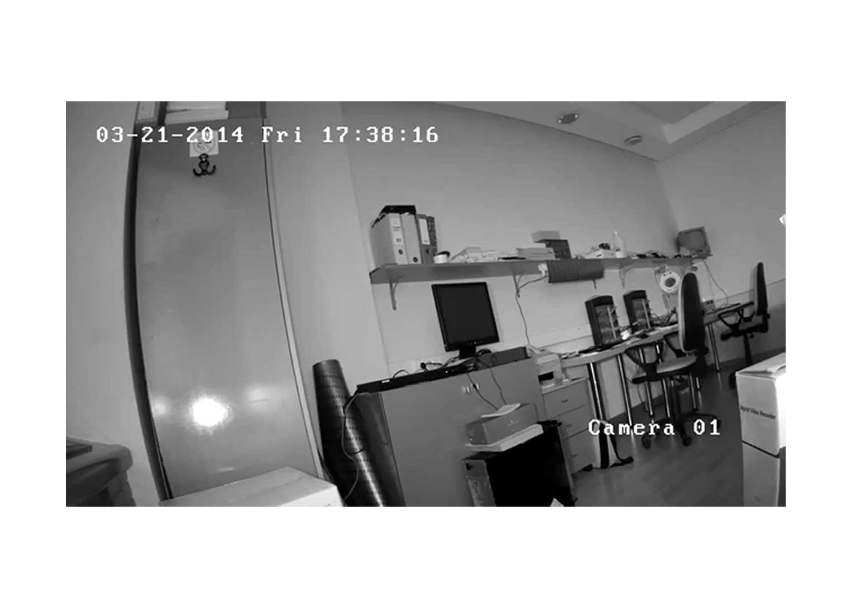

An office can be a chaotic place. One regularly sees the arrival and departure of suppliers, clients, consultants, couriers, inspectors, auditors and contractors to name but a few. As a result keeping track of who should be on-site or not can be daunting. Access control will give you some degree of protection, but in many cases it is not enough. To mitigate this problem, we supply, install and configure various surveillance solutions. These are IP based and building wide. They can cover parking areas, entrances, open area workspaces as well as other sensitive areas. Surveillance feeds can be set to record on a 24 hour basis. Retention of these feeds can easily be stored for a number of days, or even weeks.
It may not be apparent, but recording physical movements in a building touches on a number of risk areas. These include:
• Theft of property
• Unauthorized access to areas
• Arrival and departure times for employees or contractors
• Collections of goods by couriers
• Malicious damage to property
• Workplace assault and/or violence
• Sexual misconduct in the workplace
• Arson
• Scam artists (impersonating others)
• Under resourced security personnel
Surveillance feeds can be retained offsite or in a physically distinct region of the office for safeguarding. Typically perpetrators will not have time to steal the recorded video feeds as well as deal with a host of other factors for a quick getaway.


A TYPICAL SURVEILLANCE ROLLOUT
What you can expect to see included
Feeds are typically setup with the following features:
-
Cameras are monitored in case they fail.
-
Failures trigger support events to address the failure.
-
Cameras are network integrated on their own VLAN
-
Cameras supply HD video feeds
-
Cameras can be mounted to record specific features such as number plates, and or facial features
-
Camera feeds can have access control so that certain regions are viewable by certain parties.
-
Camera feeds are viewable on laptops, desktops, tablets and smartphones
-
Camera feeds can be viewed remotely
-
Cameras can view images in complete darkness by using IR technology
-
Recording systems use RAID drives for fault tolerant recording.
-
Recording systems can be separated and segmented (not all on a single system)
Camera systems are reasonably flexible. There are a great many devices that allow for bespoke rollouts.


